by Amina Hassen, City University of New York--Hunter College
I was notified I had won an Access Grant at the beginning of my last semester of a Master of Urban Planning. Without a job lined up, VAF Durham became what I was most looking forward to—the light at the end of a long grad school tunnel. I blocked my calendar for June 1-4. From Farm to Factory: Piedmont Stories in Black and White was my only certain post-graduation plan. It also became my graduation plan when I learned that my school’s ceremony coincided with the first day of tours. I hesitated for a moment before the thought of sitting through a long ceremony, with hundreds of other graduates, a high likelihood of tired motivational advice, and an even higher likelihood they would mispronounce my name scared me away from my own graduation. VAF made a much more attractive alternative. I sure made the right decision.
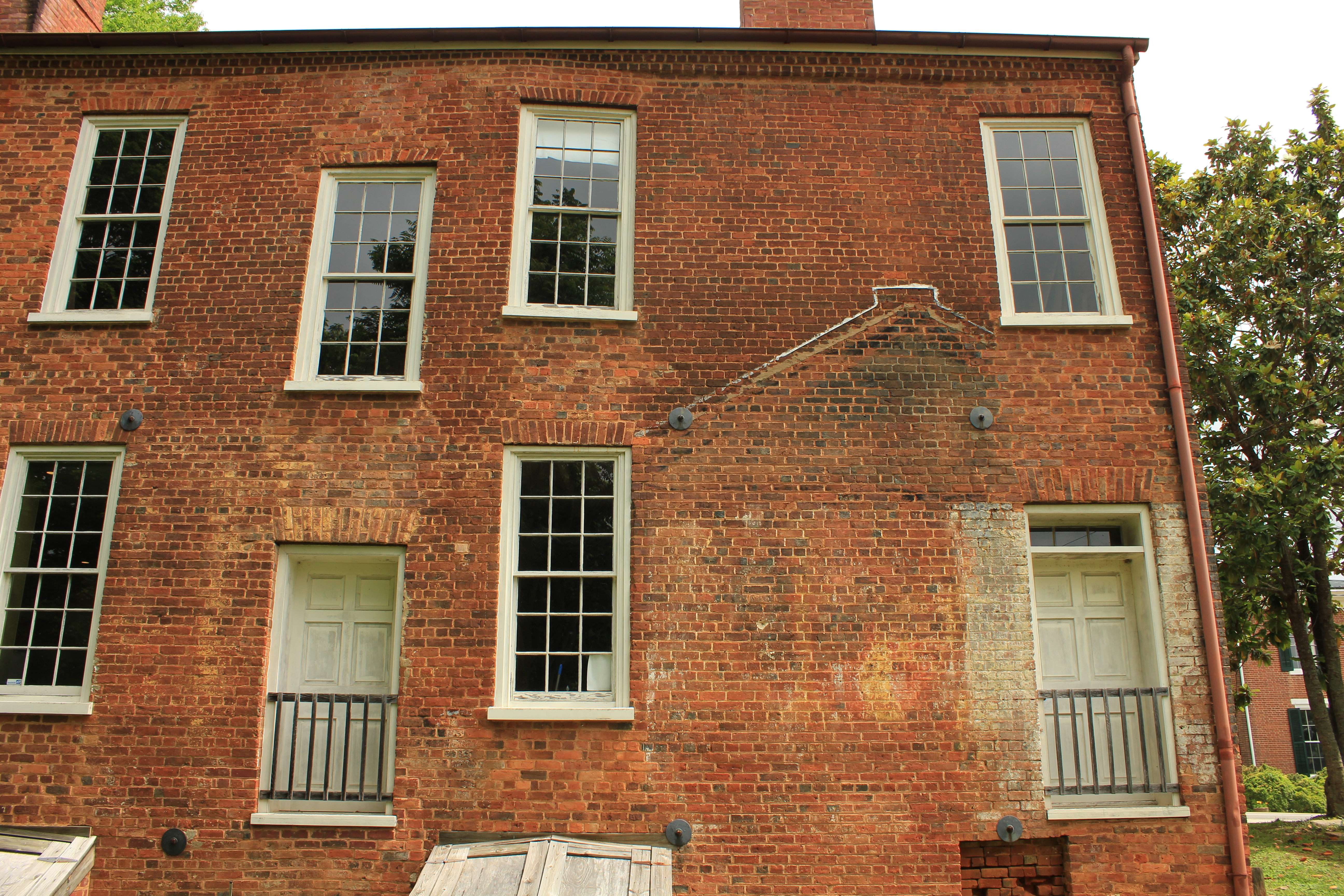 I arrived at the opening plenary tired, a bit shy, but mostly intensely curious about what the next few days had in store. Being in the Triangle was at once familiar—my family lives just up the road from Saxapahaw—and intensely unfamiliar—my study of planning history has largely focused on New York City, where I currently live. The Bright Leaf Culture and Thomas Day tour pushed me out of my urban comfort zone. At each site I made it a point to ask at least one other person: “Now what are you looking at?” This was an easy icebreaker that helped me find meaning in looking at unfamiliar buildings. Luckily, I was in great hands on a bus full of
I arrived at the opening plenary tired, a bit shy, but mostly intensely curious about what the next few days had in store. Being in the Triangle was at once familiar—my family lives just up the road from Saxapahaw—and intensely unfamiliar—my study of planning history has largely focused on New York City, where I currently live. The Bright Leaf Culture and Thomas Day tour pushed me out of my urban comfort zone. At each site I made it a point to ask at least one other person: “Now what are you looking at?” This was an easy icebreaker that helped me find meaning in looking at unfamiliar buildings. Luckily, I was in great hands on a bus full of 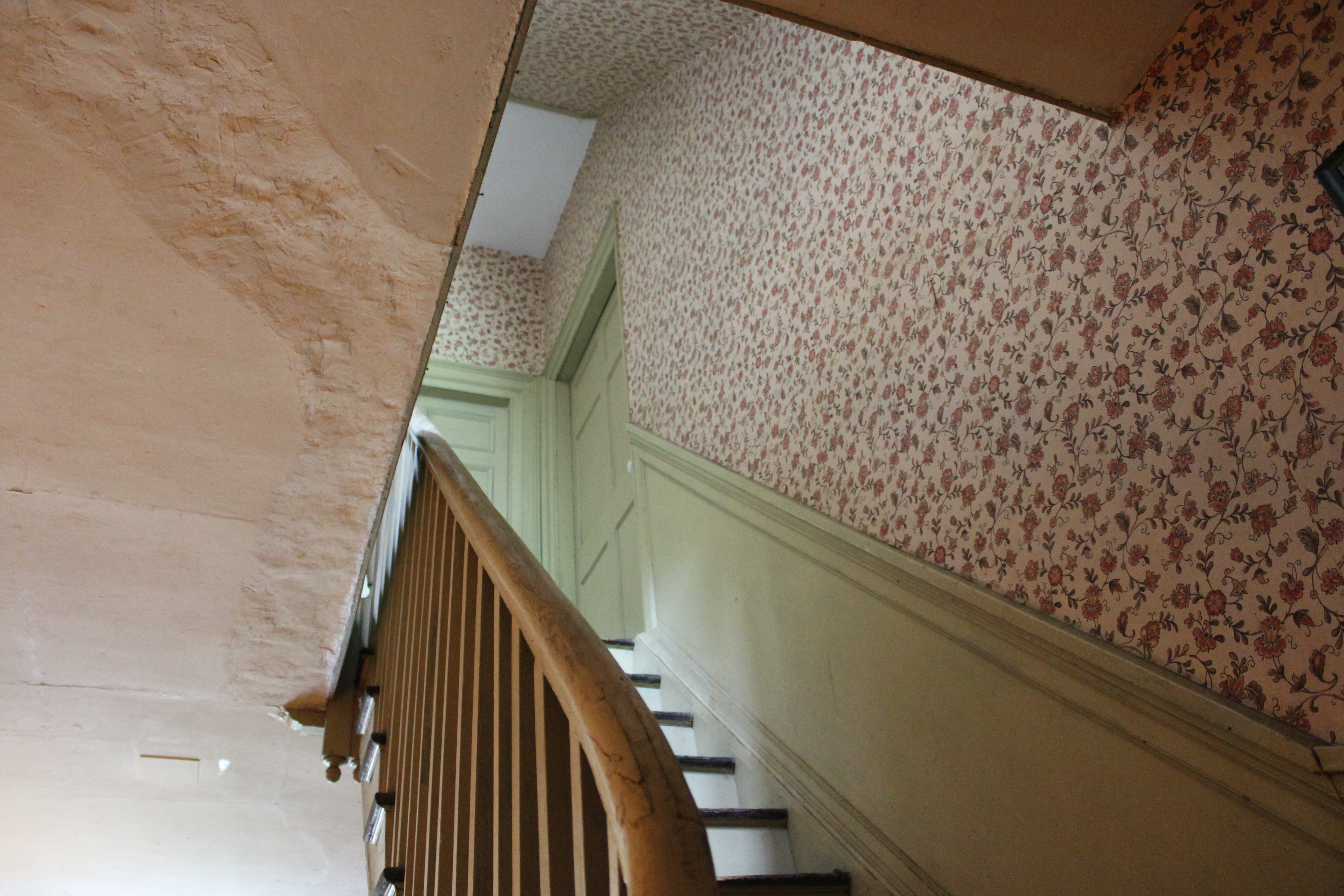 friendly and approachable people who helped me to appreciate the multiple lines of inquiry VAFers bring into the field. Some focused on small details and structure; how materials such as nails or saw marks contribute to a budding story. Others were more interested context and connections within landscapes. I was particularly drawn to piecing together the story of Thomas Day through clues at different sites across Orange and Caswell counties (Fig 1 &2). Asking questions of fellow VAFers opened up space for conversations about the particular landscapes of North Carolina and, more generally, why VAFers keep coming back.
friendly and approachable people who helped me to appreciate the multiple lines of inquiry VAFers bring into the field. Some focused on small details and structure; how materials such as nails or saw marks contribute to a budding story. Others were more interested context and connections within landscapes. I was particularly drawn to piecing together the story of Thomas Day through clues at different sites across Orange and Caswell counties (Fig 1 &2). Asking questions of fellow VAFers opened up space for conversations about the particular landscapes of North Carolina and, more generally, why VAFers keep coming back.
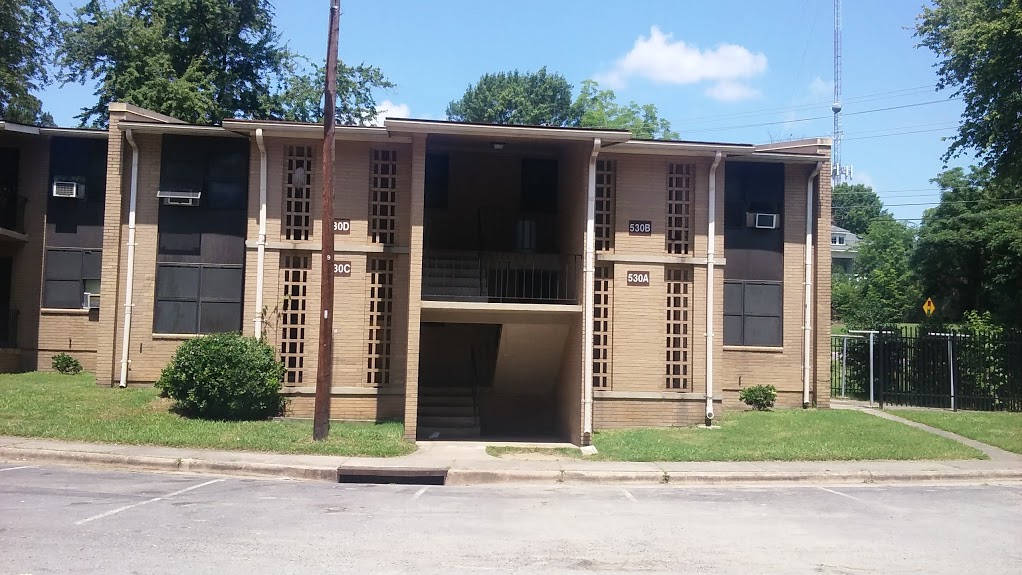 The second day of tours brought me back into more familiar territory. City of the New South had us exploring a fascinating urban history that also gave me the opportunity to go off route. One off-course moment led me to public housing in Durham, both past and present (FIG 3-5). Once again, there were many opportunities for conversation, though, food, and talk.
The second day of tours brought me back into more familiar territory. City of the New South had us exploring a fascinating urban history that also gave me the opportunity to go off route. One off-course moment led me to public housing in Durham, both past and present (FIG 3-5). Once again, there were many opportunities for conversation, though, food, and talk.
What I learned from my first VAF affirmed what I already knew: curiosity 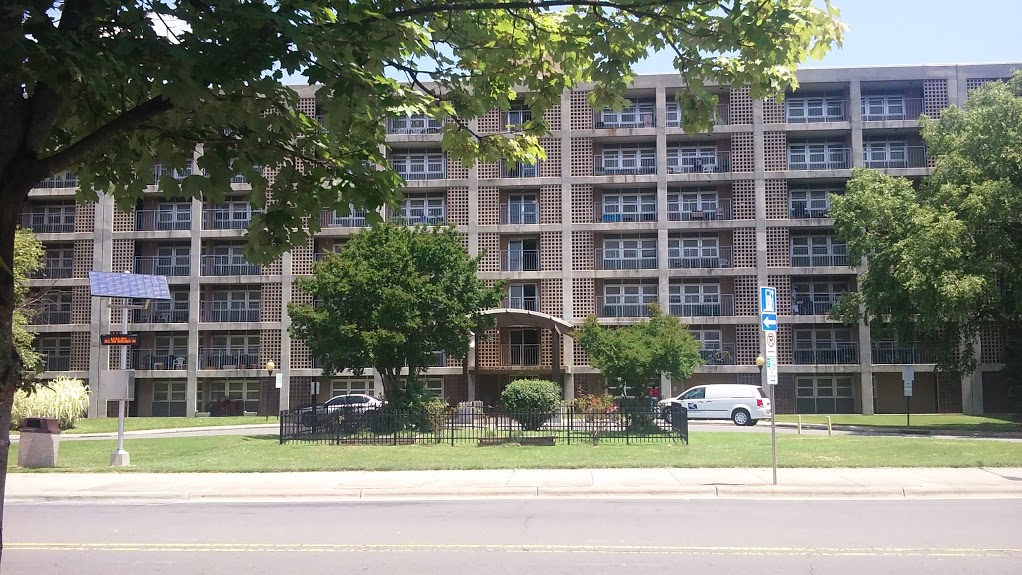 and asking questions is the only way to piece together stories and histories you want to learn. Whether in rural or urban landscapes, we ultimately are asking the same question: How can you look at a building and use its clues to piece together a story of a place and of a people? The landscapes may change, but the questions you ask of them stay the same.
and asking questions is the only way to piece together stories and histories you want to learn. Whether in rural or urban landscapes, we ultimately are asking the same question: How can you look at a building and use its clues to piece together a story of a place and of a people? The landscapes may change, but the questions you ask of them stay the same.
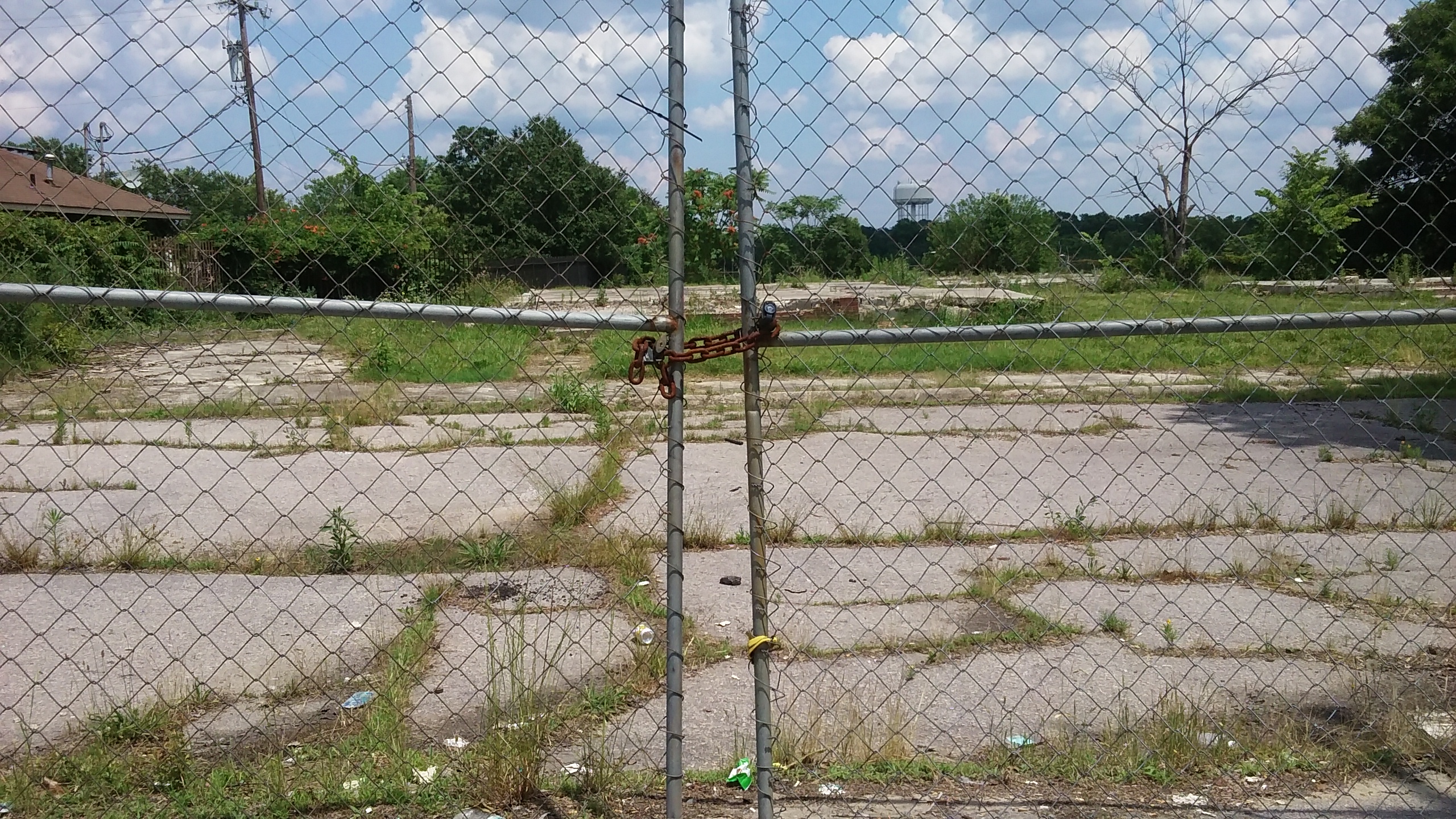 At the closing reception, Catherine Bishir said warmly, “Y’all come back now, ya hear?” My family will certainly keep me coming back North Carolina, now with my VAF materials in tow. But I am also looking forward to coming back to VAF. In skipping a graduation from one community, I have been inducted into another. Attending VAF has introduced me to a warm group of scholars and practitioners whose work has and will continue to inform my own.
At the closing reception, Catherine Bishir said warmly, “Y’all come back now, ya hear?” My family will certainly keep me coming back North Carolina, now with my VAF materials in tow. But I am also looking forward to coming back to VAF. In skipping a graduation from one community, I have been inducted into another. Attending VAF has introduced me to a warm group of scholars and practitioners whose work has and will continue to inform my own.